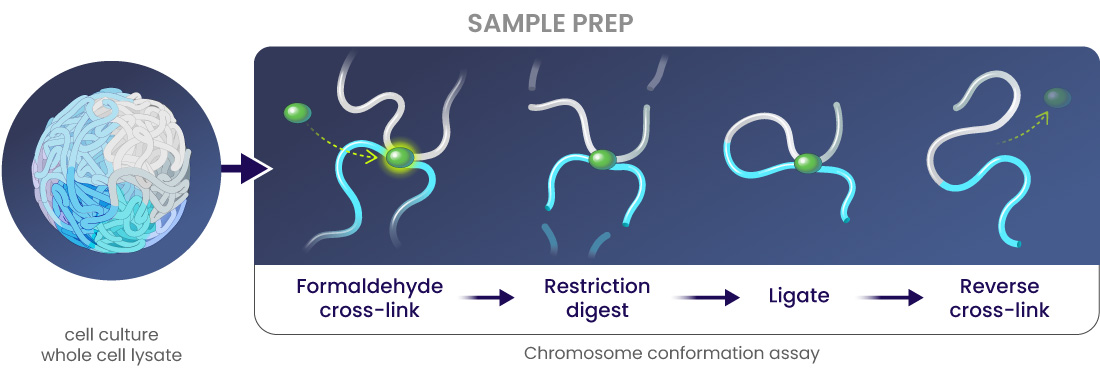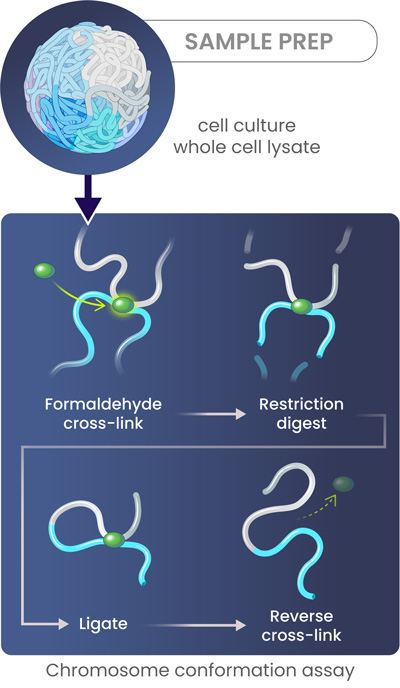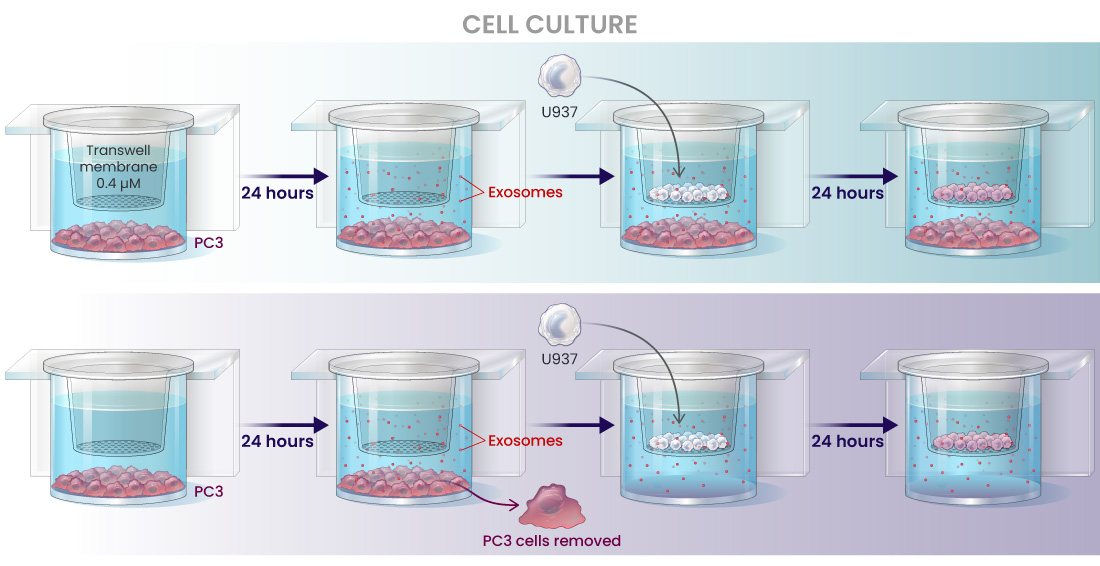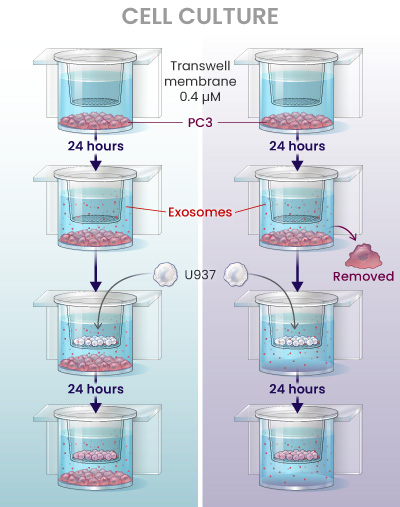Unveiling Cancer’s Hidden Secrets in Your Blood (Hint: It Is Not in Red Blood Cells)
By: Anthony Blum
Category: PSE
Read Time: 6 Minutes
By: Anthony Blum
Category: PSE
Read Time: 6 Minutes
Last updated: 10 April 2025
Significant progress has been made in the fight against cancer, leading to more effective targeted treatments and longer survival rates than ever before. For many years, there was a hope—and even an expectation—that studying and understanding genes and DNA alone would answer all our questions about cancer. However, despite the substantial effort and funding devoted to this approach, many questions about how cancers progress and evade increasingly complex treatments have remained unanswered during this molecular oncology revolution.
Undeterred, researchers began to look beyond genes for clues about how cancer develops, progresses, and spreads to distant organs. Through rigorous clinical research involving molecular diagnostics and targeting disease drivers, they started exploring untapped mechanisms in a field called epigenetics.
Epigenetics studies how genes are turned on or off without altering the underlying DNA sequence. Typically, each cell in the human body contains about two meters of DNA, divided into 23 pairs of chromosomes, which must be tightly folded.


In a peer-reviewed medical journal article published in 2022, Oxford BioDynamics reported a groundbreaking discovery.
The proposed mechanism behind this phenomenon is both fascinating and significant. At its core are exosomes—vesicles outside the cell that enable long-distance communication between cells by transporting molecules such as DNA, RNA, proteins, and lipids. In this way, exosome-based horizontal transfer of epigenetic information from one cell to another distant cell can reset the 3D chromosomal conformation of the recipient cell.


In September 2023, Oxford BioDynamics introduced a rapid diagnostic blood test called EpiSwitch® PSE. This innovative cancer screening test leverages the interaction between cancer cells and immune cells in the bloodstream to detect characteristic changes in the 3D chromosome conformation of these circulating cells.
The EpiSwitch PSE is a validated, rapid, highly accurate blood test for prostate cancer (accuracy 94%, specificity 97%, sensitivity 86%)1, significantly boosting the accuracy of PSA alone. Crucially, the positive predictive value (PPV) of PSE is 93%, compared to just 25% for PSA. PSA's low PPV is one of the main arguments against using it as a population-wide screening test. Only about one-quarter of men with a raised PSA will go on to be diagnosed with prostate cancer.
With our advancements in understanding cancer through 3D chromosome conformation and the breakthrough EpiSwitch PSE diagnostic blood test, we are instilling greater hope and confidence in our mission to detect cancers earlier and prolong patients' lives.
References
1) Pchejetski et al., Cancers (2023) https://www.mdpi.com/2072-6694/15/3/821
2) Alshaker et al., Frontiers in Oncology (2022) https://pubmed.ncbi.nlm.nih.gov/36059613/
3) Prostate Cancer Research, Landmark Report into Prostate Cancer Screening (2024) https://www.prostate-cancer-research.org.uk/PFYP/
Subscribe to receive our latest blog posts
Topics from groundbreaking discoveries to cutting-edge advancements and industry
trends.
The EpiSwitch PSE test is a powerful diagnostic tool that determines a person's current likelihood of having prostate cancer. Used alongside or after a standard PSA test, PSE significantly improves detection accuracy and helps reduce unnecessary MRIs, biopsies, and treatments.
This powerful test is valuable for identifying individuals requiring biopsy and those suitable for active surveillance without further testing.
Learn About PSE